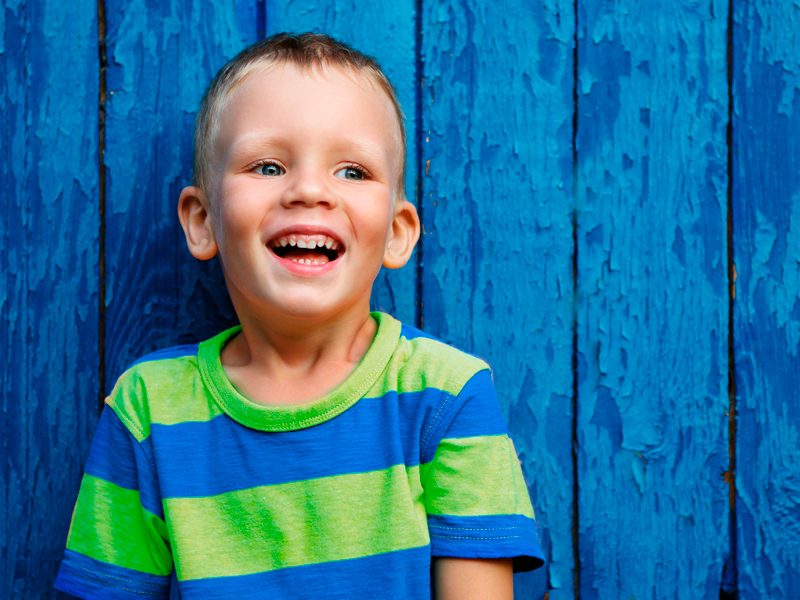Key aspects of visual development in childhood
13/11/2025

15/10/2022
When we are born our visual system has not yet developed. The visual learning stage begins at birth and ends at approximately 8-9 years of age. Any ocular pathology that causes poor vision in one or both eyes during this critical period can lead to amblyopia or "lazy eye". Its most frequent causes are refractive errors (myopia, astigmatism, hyperopia), and strabismus. The possibility of recovering lazy eye vision is high if it is diagnosed and treated before the age of 4, after which it progressively decreases, being practically nil at 8-9 years of age. From that age, everything that has not been learned cannot be recuperated in adulthood. That is why early diagnosis and treatment is vital.
Many times families have doubts about when to take their children to check their eye health. Dr. Idoia Rodríguez Maiztegui emphasizes the importance of "carrying out the first eye health check-up by the specialist ophthalmologist 2-3 years ago, even if there are no symptoms".
Despite the fact that many of the children with lazy eye are asymptomatic and develop normally, there are a series of signs and symptoms that can alert us to the presence of an eye problem:
• Head tilting
• Blink constantly
• Frequent eye redness
• A droopy eyelid
• Poor school performance
• Frequent headache at the end of the day
• Involuntary eye motion (nystagmus)
• An eye that wanders inward or outward
• Getting close to the paper or having difficulty seeing the board
If we detect any of these signs, it is very important to go to the specialist to rule out the existence of ocular pathology and carry out an early diagnosis and treatment that allows us to guarantee the eye health of the youngest members of the family.
It's never too early for a child eye exam, while on some occasions it could end up being too late. Undoubtedly with an early diagnosis we are on time and it will be possible to eradicate amblyopia in adulthood.
Dr. Idoia Rodríguez Maiztegui, ophthalmologist at the Barraquer Ophthalmology Centre